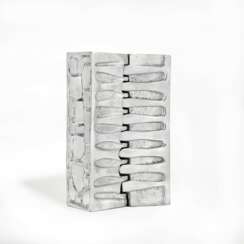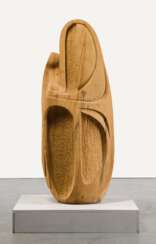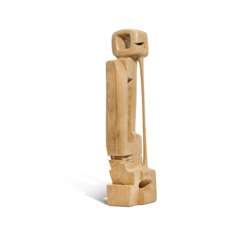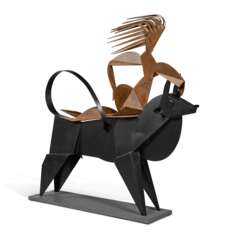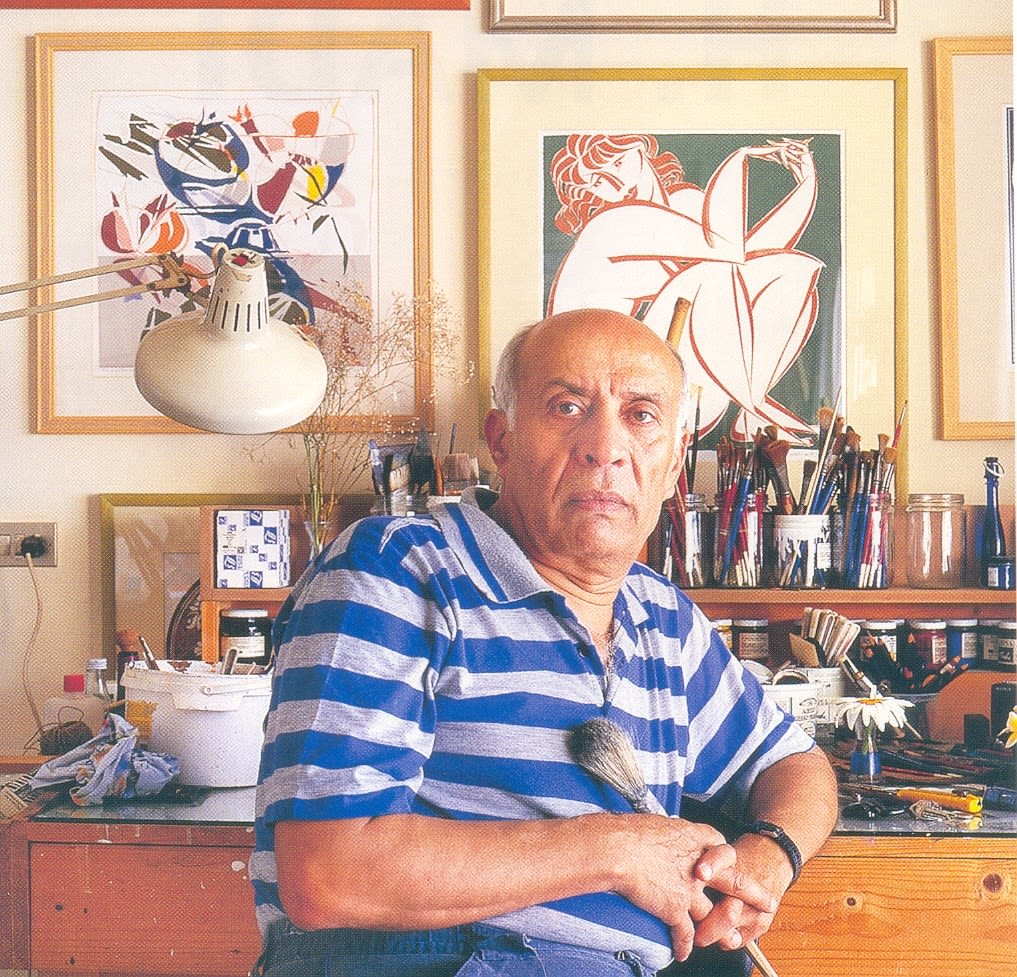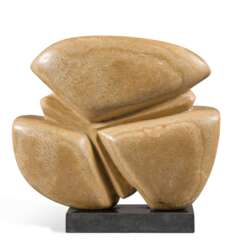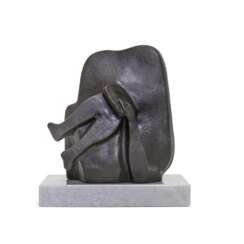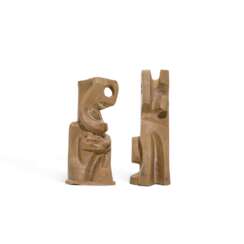
Sotheby´s
Sculptures, Statues & Figures — A Love Letter to Beirut: Arts and Culture, 1960s - 2020s
23.04.2024 13:00 UTC +00:002024-04-23T13:00:00+02:00United Kingdom, London, 34-35 New Bond StreetSotheby´s
London,
United Kingdom
Lot 8 Mohammed Ghani Hikmat
Mohammed Ghani Hikmat (1929 - 2011) 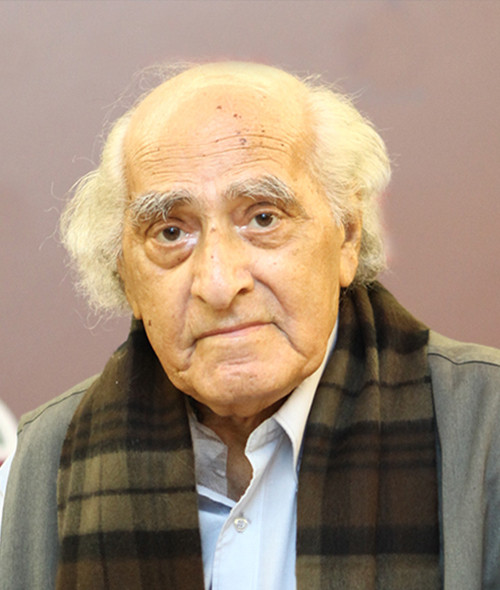

Mohammed Ghani Hikmat
20.04.1929 - 12.09.2011
Jordan, Iraq
Mohammad Ghani Hikmat was an Iraqi sculptor and artist credited with creating some of Baghdad's highest-profile sculptures and monuments and was known as the "sheik of sculptors". He is also known as an early member of Iraq's first 20th-century art groups, including Al-Ruwad (the Pioneers) and The Baghdad Modern Art Group; two groups that helped to bridge the gap between tradition and modern art. He was also instrumental in recovering many of Iraq's missing artworks, which were looted following the 2003 invasion. He is known for his public works, now on display throughout Baghdad's urban spaces, and also for smaller statues carved in wood, depicting the everyday life of Baghdad's people. His most well-known works include a pair of statues of Queen Scheherazade and King Shahryar, located on the banks of the Tigris River, near Abu Nuwas Street and the Fountain of Kahramana in the central business district.
Lot 45 Aref El Rayess
Aref El Rayess (1928 - 2005) 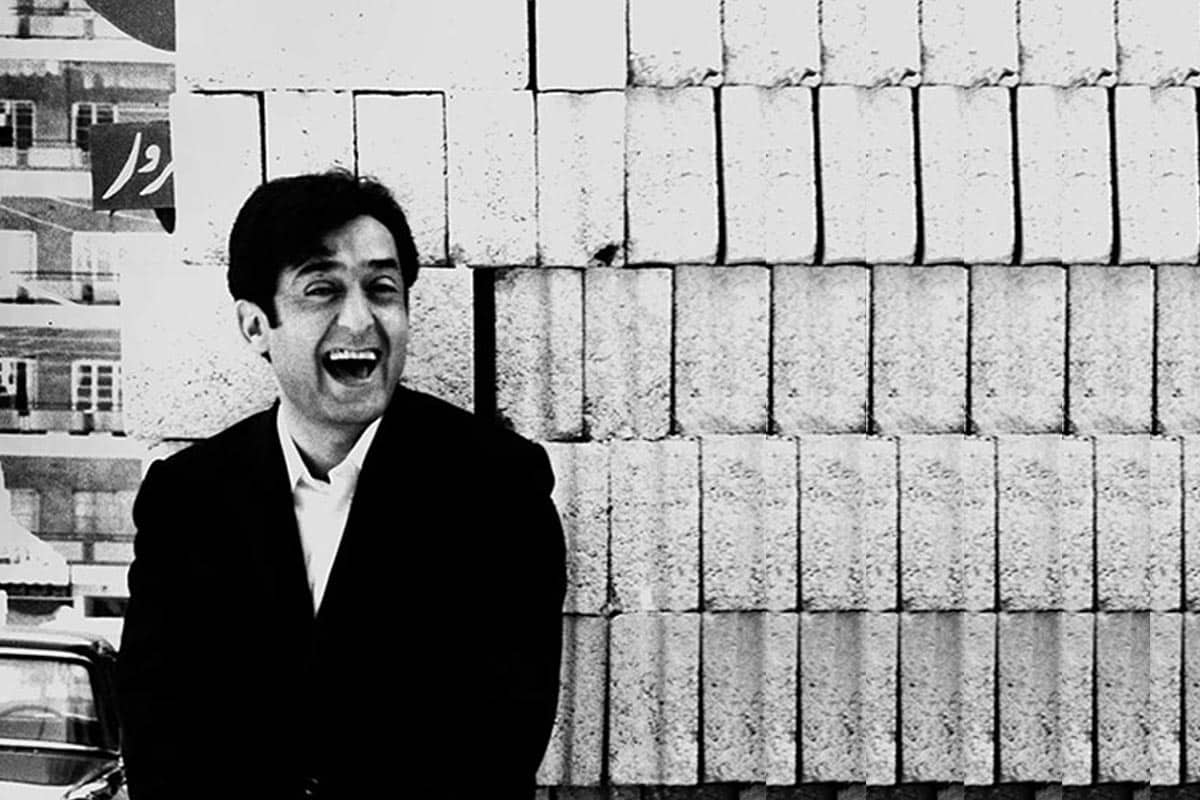

Aref El Rayess
24.10.1928 - 2005
Lebanon
Aref El Rayess was a Lebanese painter and sculptor. He started his career as a self-taught artist exhibiting for the first time in 1948. Rayess participated in many group shows. He has held more than fifteen solo shows in Lebanon. Aref El Rayess was a prolific artist, mainly known as a painter, he also practiced etching, sculpture and tapestry. His work is widely based on the human being and its relationship to nature and history, stating that "Man is a unity that embodies both the means and the goals..." In the 1960s his painting evolved around Man and the Third World and in the early 1970s, he unexpectedly presented an exhibition related to whorehouses off Martyrs' Square, Beirut. With the outbreak of the Lebanese Civil War, El Rayess was one of the artists who interpreted the tragic events in art. Staying in Algiers, he produced in 1976 a series of etchings entitled The Road to Peace. Apart from the etching series, oil paintings depicting the horror of war were featured in the exhibition. Aref El Rayess also developed a practice of abstract sculpture.
